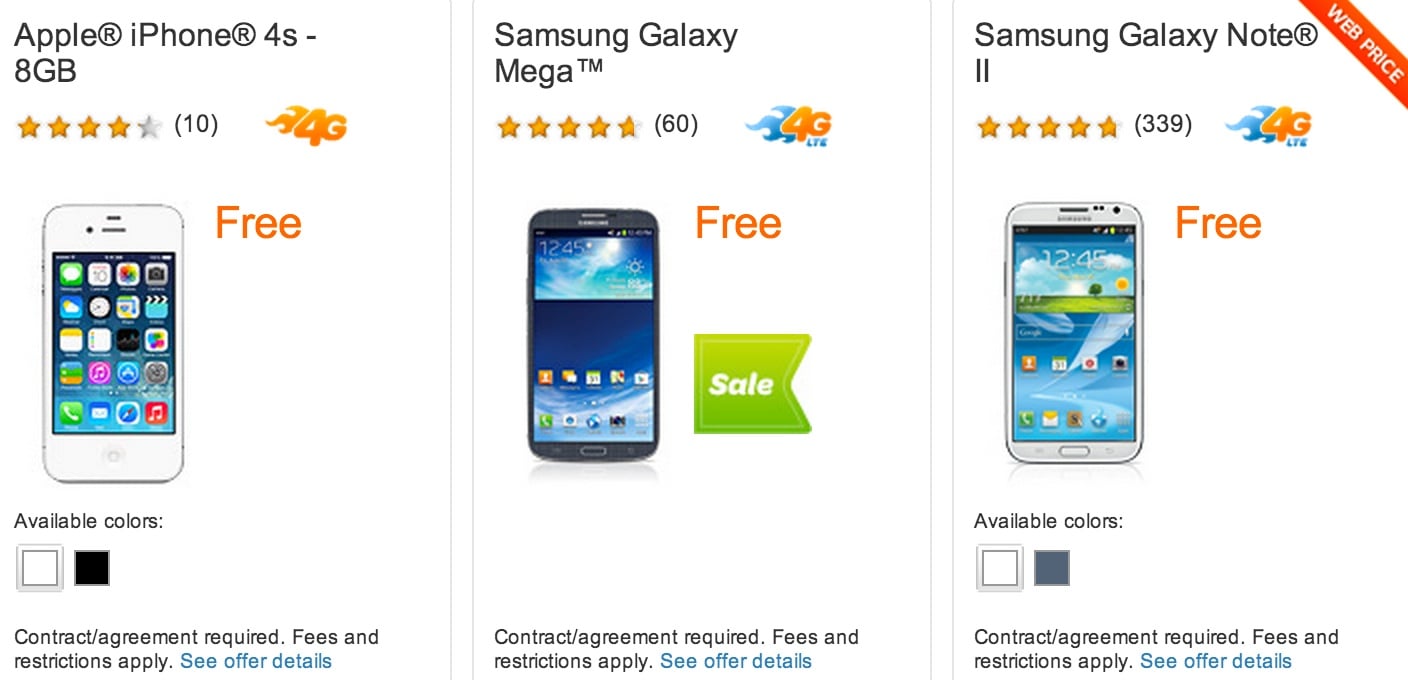
There seems to be two approaches to selling personal 3D printers these days. We’re not sure which one will prevail.
The first approach involves inexpensive materials and was the approach used by initial personal 3D printer manufacturers years ago. You paid for the machine and the plastic filament used as build material was of less consequence. You could purchase the cheapest usable filament you could find and get the job done. Your major expense was the machine, not the material (unless you’re printing your brains out, but few people do so.)
The second approach, which seems to be used by an increasing number of manufacturers, is to use proprietary plastic filament that costs a lot more than “generic” filament. If you print even reasonable numbers of objects, you’ll quickly find the price of the materials exceeds the cost of the machine itself. Usually the material cartridges are keyed so that you are only able to use the manufacturer’s material in the machine.
This approach is also seen in mobile phones: sign up for a multi-year contract and the phone itself is free.
But there’s a difference here: the proprietary filament 3D printers still cost a lot of money.
Maybe they should be free.
Would you accept a free machine if you had to pay double or triple the cost of material to use it?
Like mobile phones, it depends on your expected usage patterns. And whether such an offer ever appears.

